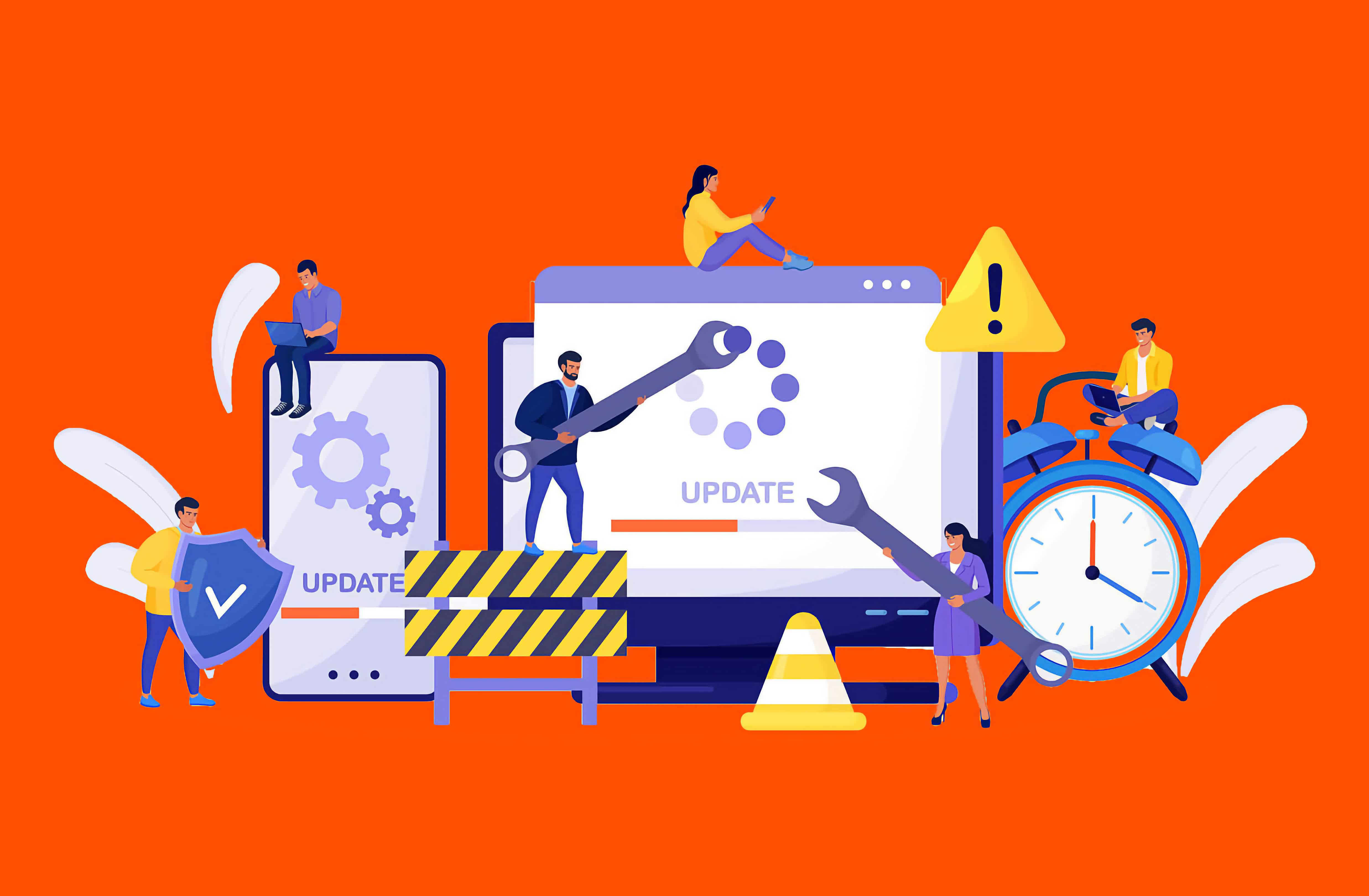您现在的位置是:笔下的故事 >>正文
Failover vs. Failback: Two Disaster Recovery Methods
笔下的故事9716人已围观
简介A key distinction in the realm of disaster recovery is the one between failover and failback. Both t ...
A key distinction in the realm of disaster recovery is 关键字1the one between failover and failback. Both terms describe two sides of the same coin, complementary processes that are often brought together.
However, their effects and purposes couldn't be more different. Both play critical roles in ensuring business continuity and disaster recovery, making it essential to understand what they are and how they differ.
What is Failover?
Failover is a business continuity operation that ensures continued access to a system by fully transitioning to another instance of that system. This secondary system is designed to be resilient, ideally unaffected by the event that compromised the primary system.

Put simply, failover occurs when connectivity is switched from one system instance to another. This can happen in various ways, including:
Editor's Note:
This guest blog post was written by the staff at Pure Storage, an US-based publicly traded tech company dedicated to enterprise all-flash data storage solutions. Pure Storage keeps a very active blog, this is one of their "Purely Educational" posts that we are reprinting here with their permission.
- Switching from a primary system to a standby system
- Transitioning to a hot or cold spare
- Activating a backup system during a failure or for testing purposes
- Switching either manually or automatically
The critical point about failover is that it involves a complete migration of logical or physical access from the primary system, server, or hosting location to a secondary one.
While other processes, such as load balancing, may distribute partial connectivity between system instances or components, they do not qualify as failover because they do not represent a full cutover.
What is Failback?
Failback is the quintessential disaster recovery operation. It involves a full migration back to the production status quo – a recovery if you will – at the validated conclusion of a disaster.

Failback occurs when a system reverts back to the primary environment after the root cause of a disruption has been addressed. In practice, this looks like a failover, but in reverse. Once the primary system is restored, access is pointed to that system, and the standby is deactivated.
This reversion is a critical distinction. Some organizations may have complete standby systems for critical applications, which permit full operations on the standby system. In that case, the standby can rightfully be considered the primary and the repaired former primary the new standby.
The Role of Failover and Failback in Disaster Recovery
Failover is critical in a business continuity event because it keeps operations running. By having a system to which your business can transition when a primary system is unavailable, you're able to continue doing business. People can work, revenue streams are preserved, and customers can be served.
Without failover, these functions could grind to a halt, leading to significant disruption. Many organizations depend on technology for critical processes, and when those processes are unavailable, analog alternatives may be insufficient or entirely obsolete. Failover ensures that even in a disaster, the business keeps moving.

Failback comes into play once the need for failover ends. As the disaster is resolved, failback allows the organization to return to normal operations. Typically, failback is necessary when the standby system cannot sustain operations as effectively as the primary system. For instance, a standby system may not be a full replica of the primary system and might be designed only for temporary use during an emergency.
For mission-critical systems, some organizations may build a standby system that is a full replica of the primary. While costly, this approach mitigates the risks of diminished functionality during disasters.
The Benefits of Leveraging Both Failover and Failback
In an ideal world, every business would maintain two fully operational environments: a primary environment and an identical standby environment. This setup would allow for seamless transitions during disasters, ensuring that business operations are completely unaffected.
However, that model can effectively double an IT budget: two sets of endpoints, two sets of servers, two sets of cloud environments, two sets of data, staff to support that both in IT and business operations, etc. It's costly and inefficient for any company, to the point where no company truly maintains that support model.

Instead, most organizations opt for a failover and failback model because it balances cost and efficiency. With this approach, the standby environment is designed to sustain critical operations during a disaster, even if it's not as robust as the primary system. This makes it more economical, less work is duplicated, and the risk of data loss or impact is lower.
It's crucial to maintain a well-designed secondary environment. Cutting costs too deeply on a standby system can result in inefficiencies or financial losses if critical operations are disrupted. Striking the right balance between cost and functionality is key.
If uninterrupted business operations are essential, then a strategic failover and failback plan is not optional – it's a necessity.
Tags:
上一篇:第446章 红衣修罗鬼胚索命
下一篇:第421章 误以为应良辰是恩人
相关文章
第338章 心中自有明月
笔下的故事魏采菱轻叹口气,“道理我都懂。我就是觉得……唉……”“你是怕她污了建安侯府的名声?还是担心她毁了自己的一生?”时安夏瞧着嫂子紧锁的双眉,不由笑道,“做了当家主母的魏姑娘,原来也有想不通透的一面?”魏采 ...
【笔下的故事】
阅读更多轻变传奇私服:如何在战斗中提升技巧?
笔下的故事副标题:成为顶级战士:轻变传奇中的战斗技巧与策略如何在轻变传奇私服中一边战斗,一边提升技巧呢?这是许多传奇游戏玩家都关心的问题。今天,就让我来为大家详细介绍一下。在野外战斗中,许多玩家在跑位和选择战斗 ...
【笔下的故事】
阅读更多法师:沉默传奇SF游戏里隐藏的潜力股
笔下的故事副标题:揭秘传奇SF游戏中法师的巨大潜力在传奇SF游戏的世界里,许多玩家都对法师这个职业持有一种误解,认为它是三大职业中最缺乏成长潜力的一个。然而,作为一名专注于法师职业的玩家,我坚信法师不仅不是弱者 ...
【笔下的故事】
阅读更多